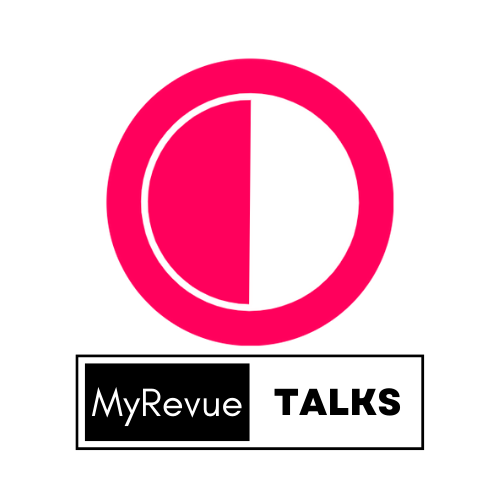User-Generated Content and Augmented Reality (AR)
(UGC) and augmented reality (AR) can work together to create interactive and immersive experiences for users.

Written by Shivangi
Updated on 16/07/2023
<p class="MsoNormal">User-generated content (UGC) and augmented reality (AR) can
work together to create interactive and immersive experiences for users. AR
enhances the real world by overlaying digital content, and UGC can contribute
to the AR experience by incorporating user-generated elements. Here's how UGC
and AR intersect:<o:p></o:p></p><p class="MsoNormal"><br></p>
<p class="MsoNormal">User-generated AR content: Users can create their own AR
content and share it with others. They can develop AR filters, effects, or
experiences using AR creation tools, and then distribute them to be used by
others. UGC-driven AR content allows users to showcase their creativity and
create unique AR experiences for others to enjoy.<o:p></o:p></p><p class="MsoNormal"><br></p>
<p class="MsoNormal">Social AR platforms: Social AR platforms provide spaces
where users can interact and share UGC within augmented reality environments.
These platforms enable users to create and share AR experiences, such as AR
games, AR art, or AR filters. UGC-driven social AR platforms foster community
engagement and allow users to express their creativity within the augmented
reality realm.<o:p></o:p></p><p class="MsoNormal"><br></p>
<p class="MsoNormal">UGC-based AR storytelling: UGC can contribute to AR
storytelling by allowing users to create and share their own narratives within
AR experiences. Users can develop AR stories, interactive AR narratives, or
user-generated quests that others can engage with. UGC-driven AR storytelling
empowers users to become active participants in shaping the narratives and experiences
within the augmented reality world.<o:p></o:p></p><p class="MsoNormal"><br></p>
<p class="MsoNormal">UGC-driven AR gaming: UGC can enhance AR gaming experiences
by allowing users to create and share their own AR game levels, characters, or
modifications. User-generated AR gaming content enables players to extend the
gameplay, share their creative ideas, and provide unique challenges for other
players within the AR gaming community. UGC-driven AR gaming fosters user
engagement, creativity, and collaboration.<o:p></o:p></p><p class="MsoNormal"><br></p>
<p class="MsoNormal">UGC-based AR reviews and recommendations: Users can create
UGC-based reviews and recommendations for AR experiences, such as AR apps,
games, or filters. UGC-driven AR reviews provide insights and feedback to other
users, helping them make informed decisions about which AR content to explore.
User-generated AR recommendations contribute to building a community of AR
enthusiasts and facilitate the discovery of high-quality AR experiences.<o:p></o:p></p><p class="MsoNormal"><br></p>
<p class="MsoNormal">Collaborative UGC creation in AR: AR can enable
collaborative UGC creation, where users can co-create augmented reality content
together. For example, users can collaborate in an AR workspace to design AR
objects, create AR art, or develop AR experiences. Collaborative UGC creation
in AR promotes teamwork, creativity, and shared experiences among users.<o:p></o:p></p><p class="MsoNormal"><br></p>
<p class="MsoNormal">UGC-driven AR events and gatherings: UGC can enhance AR
events and gatherings by allowing users to contribute their own content. Users
can share UGC such as AR performances, presentations, or exhibitions within AR
environments. UGC-driven AR events provide opportunities for users to showcase
their talents, connect with others, and create memorable augmented reality
experiences.<o:p></o:p></p><p class="MsoNormal"><br></p>
<p class="MsoNormal">UGC-based AR challenges and competitions: UGC can be
leveraged to create AR challenges and competitions. Users can participate in
UGC-driven AR challenges that involve creating AR content based on specific
themes or objectives. UGC-based AR competitions encourage users to showcase
their skills, creativity, and problem-solving abilities within the AR space.<o:p></o:p></p><p class="MsoNormal"><br></p>
<p class="MsoNormal">UGC-driven AR training and education: UGC can contribute to
AR training and education by allowing users to create and share instructional
or educational AR content. Users can generate AR tutorials, simulations, or
demonstrations that provide practical knowledge and learning experiences for
others. UGC-driven AR training and education enable knowledge sharing and skill
development within augmented reality environments.<o:p></o:p></p><p class="MsoNormal"><br></p>
<p class="MsoNormal">UGC-based AR user feedback and improvements: UGC can serve
as a valuable source of feedback for AR developers and creators. Users can
provide feedback, suggestions, or bug reports related to AR experiences they
have encountered. UGC-driven user feedback helps AR developers improve their
creations and deliver more refined and enjoyable augmented reality experiences.<o:p></o:p></p><p class="MsoNormal"><br></p>
<p class="MsoNormal">By combining UGC and AR, users can contribute their own
content, enhance the interactive capabilities of AR, and create personalized
and engaging augmented reality experiences. UGC-driven AR experiences foster
creativity, collaboration, and community engagement, making AR more dynamic and
customizable for users.<o:p></o:p></p>
<p class="MsoNormal"><o:p> </o:p></p>
